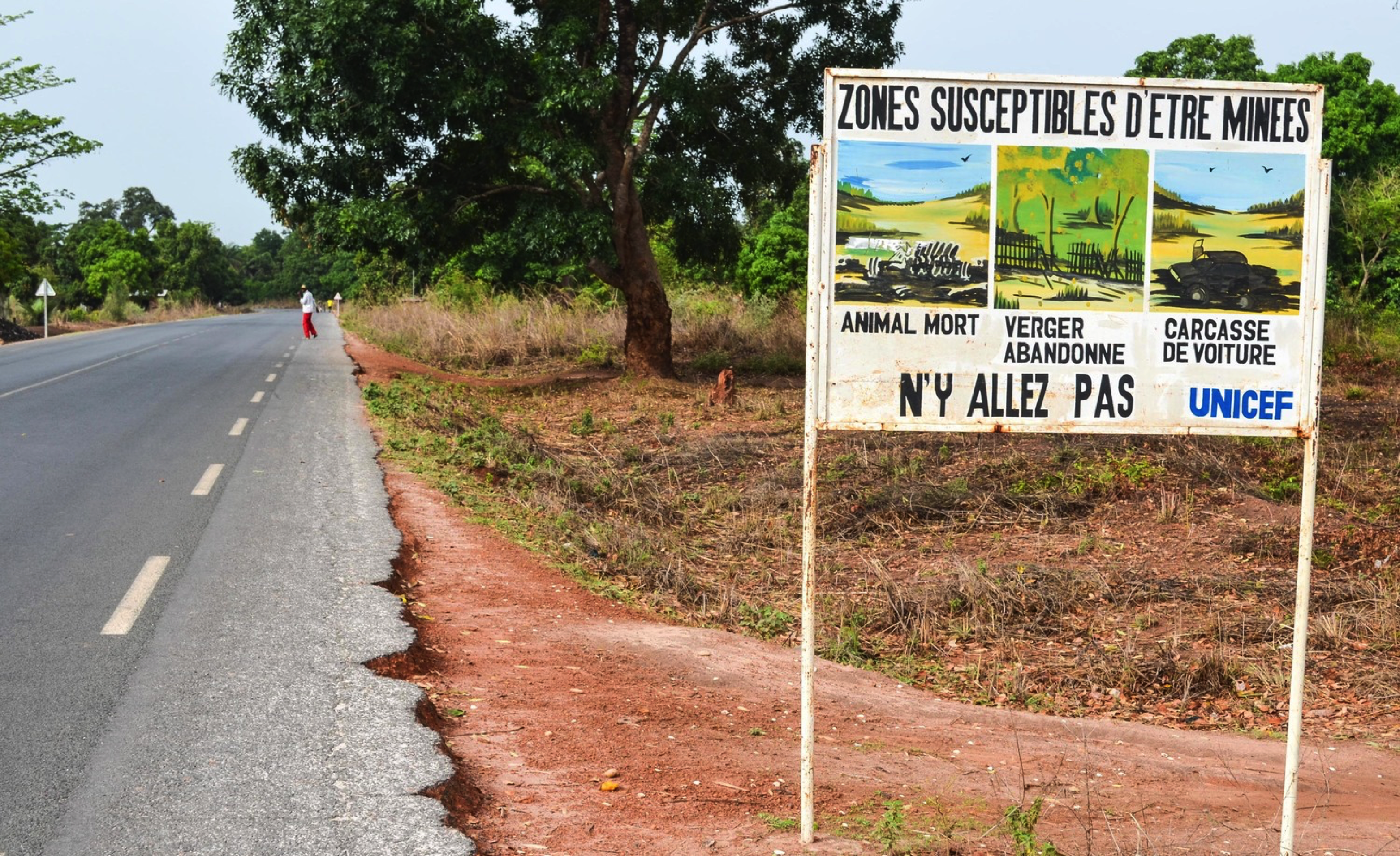Hundreds of representatives from governments and NGOs, as well as landmine clearance advocates and survivors, gathered this week in the Norwegian capital, Oslo, for a conference held every five years to renew commitments to a mine-free world.
At the time the Mine Ban Treaty was signed in 1997 – two years before it went into effect – experts estimated there were as many as 110 million landmines either still in use or left over from conflict.
While global demining efforts have made progress, we are still far from the mine-free world envisioned in the 1990s. Twenty-five countries have fully demined, and 164 have signed the Mine Ban Treaty, agreeing not to purchase, manufacture, or use mines as weapons of war. But some 60 countries are still contaminated with mines, and many large countries such as the United States, India, and China have yet to sign the treaty.
According to the most recent report from the Landmine and Cluster Munitions Monitor, only the Myanmar government was found to be actively laying new mines in 2018.
But while governments may have agreed to cease landmine use, non-state actors are bound by no such agreement.
The Monitor found confirmed instances of mine use by non-state actors in Afghanistan, India, Myanmar, Nigeria, Pakistan, and Yemen, and suspected instances in Cameroon, Colombia, Libya, Mali, the Philippines, Somalia, and Tunisia. Many of these mines are improvised explosive devices, and 2018 saw the highest number of casualties from IEDs to date.
Even after a conflict has ended, unexploded mines can continue to maim and kill civilians for years after. The majority of mine casualties are civilians and more than half in 2018 were children.
The Review Conference of the States Parties to the Anti-Personnel Mine Ban Convention, featuring more than 700 participants from over 100 states, wrapped up Friday with renewed pledges to a mine-free world by 2025.
The good news: Chile announced it was months away from finishing its clearance work and becoming mine-free. The bad news: seven countries – Argentina, Cambodia, Chad, Eritrea, Ethiopia, Tajikistan, and Yemen – requested additional time for their efforts.
Take a look at a collection of our reporting on these indiscriminate weapons of war that do unjustifiable harm to civilians.

Myanmar still using landmines, global casualties 'exceptionally high': report
More than two decades after a landmark treaty to ban landmines, signatories are meeting in Oslo to step up efforts to end their use altogether.

A day in the life of a Kabul emergency room
What do Afghanistan’s sky-high casualty statistics actually mean to people on the ground? This photo feature explores the men, women, and children whose daily lives have been interrupted by shrapnel, bullets, and landmines.

Landmines fuel migrant exodus in Myanmar’s north
Armed clashes leave behind dangerous explosives, pushing young people to flee their villages – and creating new threats for displaced families returning home.

Briefing: Hundreds of landmine deaths and injuries each year despite ban
It has been more than five years since most of the world committed to be mine-free by 2025. Many countries won’t meet that deadline.

Why landmines keep on killing in Senegal
“Demining in the Casamance region in Senegal could be done in six months.”
 201601071154320942
201601071154320942
Why can't Myanmar clear its landmines?
The morning that everything changed for three young cousins began like almost every other in this quiet community near Myanmar’s border with China.

Illegal weapons: A global guide
Indiscriminate weapons are supposed to be outlawed. So why are so many civilians being killed by them?

How 3D printing can save lives
How do you train people to disarm munitions when they can’t practise on the actual weapons? Try a 3D printer…




